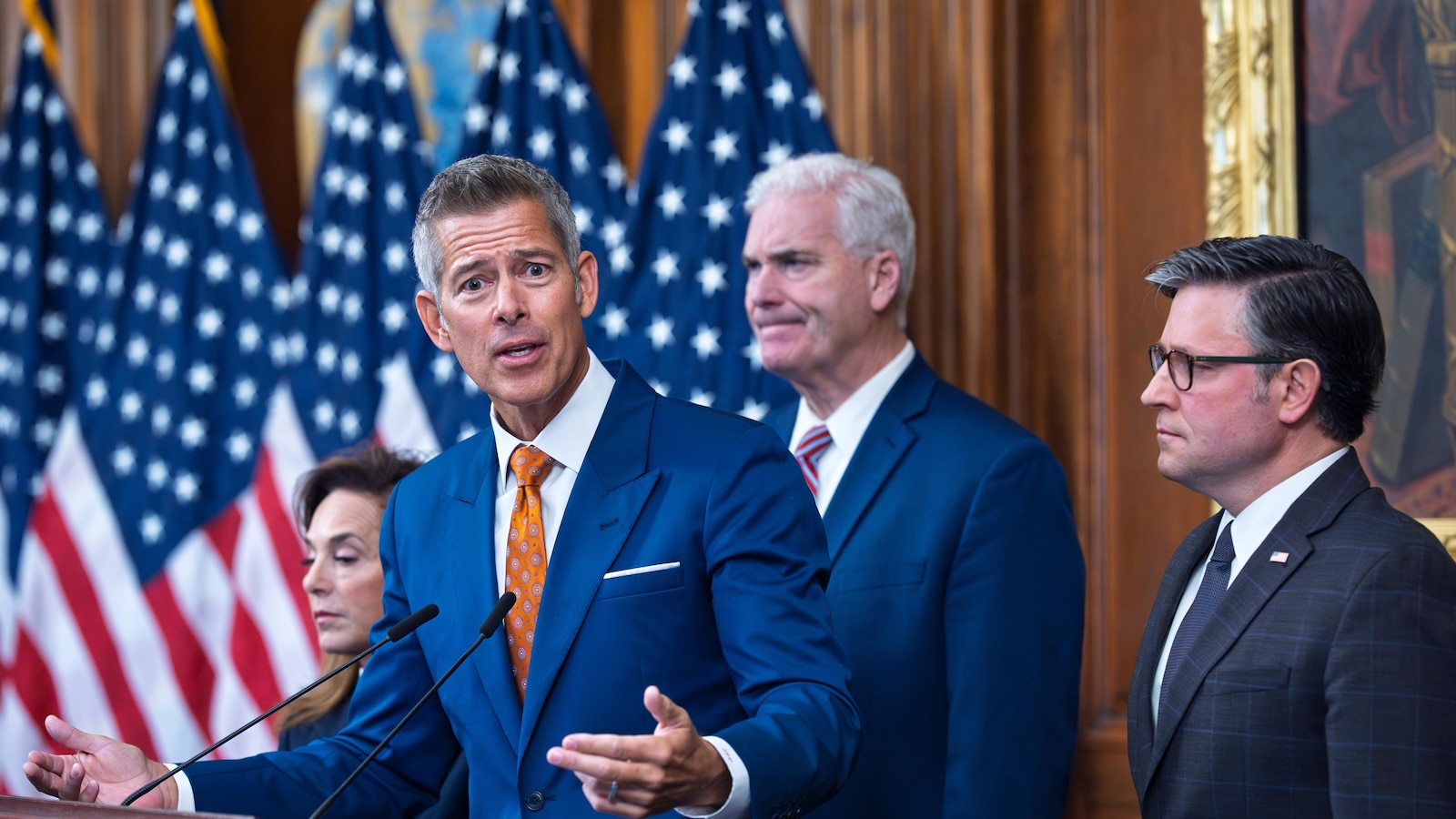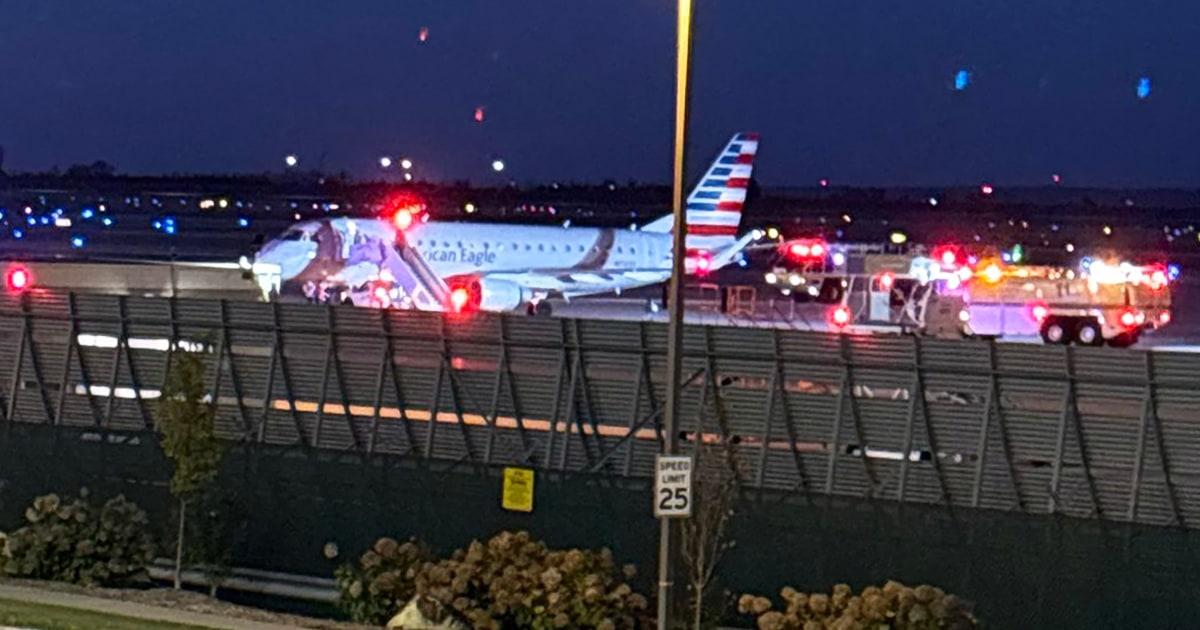Breaking News: UPS MD-11 Cargo Plane Crashes Near Louisville

Breaking News: UPS Plane Crash Near Louisville
A UPS MD-11 cargo aircraft crashed shortly after takeoff near Louisville Muhammad Ali International Airport, resulting in at least seven fatalities and 11 injuries, according to preliminary reports. The incident occurred during the evening rush, sending shockwaves through the local community and aviation industry. Emergency responders rushed to the scene, battling intense fires and searching for survivors amid scattered debris.
Investigation Underway
Early findings suggest the plane’s left engine detached during takeoff, with fire quickly engulfing the wing. Security footage and eyewitness videos confirm the aircraft struggled to gain altitude before crashing into nearby facilities. The National Transportation Safety Board has recovered both flight recorders and is analyzing the wreckage, which spans a half-mile area. Authorities are working closely with UPS and local agencies to determine the cause and assist affected families.
Community and Industry Impact
The crash has disrupted operations at UPS Worldport, the company’s global aviation hub, and raised concerns about cargo flight safety. Local businesses near the crash site suffered significant damage, and the community mourns those lost. As investigations continue, officials urge patience and cooperation while supporting those affected by this tragic event.
About the Organizations Mentioned
UPS
United Parcel Service (UPS), founded in 1907, is a leading American multinational package delivery and supply chain management company headquartered in Atlanta, Georgia. It operates globally, delivering approximately 22.4 million packages daily to over 10 million customers across more than 200 countries and territories. UPS provides an extensive range of services, including domestic and international letter and package delivery, air and ocean freight forwarding, customs brokerage, supply chain solutions, and financial and insurance services. Its operations are divided mainly into two segments: U.S. Domestic Package and International Package, offering time-definite shipping options worldwide through a vast fleet of about 121,000 vehicles and aircraft containers[1][4]. Historically, UPS began as the American Messenger Company, evolving from local telegraph delivery to becoming the largest courier company by revenue globally, surpassing DHL and FedEx with revenues reaching $91.1 billion in 2024. The company operates one of the world’s largest airlines and is known for its major international hub, UPS Worldport in Louisville, Kentucky, which ranks among the busiest cargo airports worldwide. UPS is also a significant private employer in the U.S., with around 490,000 employees[3][4]. Key achievements include consistent revenue growth and strategic transformation efforts aimed at boosting efficiency and reducing costs. In Q2 2025, UPS reported $21.2 billion in revenue and $1.8 billion in operating profit, along with $3.5 billion in targeted cost savings for the year. CEO Carol B. Tome highlights the company's progress in adapting to complex economic and trade environments while positioning UPS for stronger long-term financial performance and competitive advantage[2]. Notably, UPS emphasizes sustainability and innovation, operating a large fleet of alternative fuel vehicles and integrating cutting-edge shipping, visibility, and billing technologies. Its purpose, “Moving our world forward by delivering what matters,” underscores its commitment to customer-centric service, technological advancement, and environmental responsibility[4][5].
National Transportation Safety Board
## Overview The National Transportation Safety Board (NTSB) is an independent federal agency established in 1967 to investigate major transportation accidents and promote safety improvements across all modes of U.S. transportation[1][2]. Its primary mission is to determine the probable cause of accidents—ranging from aviation and rail to highway, marine, pipeline, and hazardous materials incidents—and to issue safety recommendations aimed at preventing future occurrences[1][3][4]. The NTSB does not assign blame or determine liability; its focus is strictly on enhancing safety through evidence-based analysis[4]. ## History The NTSB was originally created within the U.S. Department of Transportation but was granted independent agency status in 1974, insulating it from political influence and allowing bipartisan appointments to its board[2]. This independence is a hallmark of the agency, ensuring that its investigations and recommendations remain objective and data-driven[2][4]. ## Key Achievements Over its nearly six decades, the NTSB has investigated thousands of high-profile accidents, including aviation disasters, train derailments, pipeline ruptures, and major highway crashes[1][2]. Its thorough accident reports and safety recommendations have led to significant advancements in transportation safety, such as improved aircraft design, enhanced rail signaling systems, stricter pipeline regulations, and better child safety seat standards[4]. The NTSB’s work has not only saved lives but also influenced industry practices and regulatory frameworks worldwide. ## Current Status Today, the NTSB is recognized as a global leader in accident investigation and transportation safety. It maintains a robust regional structure and employs experts in engineering, human performance, survival factors, and forensics to dissect complex accidents[3]. The agency also coordinates resources to assist victims and families affected by transportation disasters and serves as a court of appeals for certain certificate actions involving airmen and mariners[3]. Despite its small size relative to other federal agencies, the NTSB’s impact is outsized
UPS Worldport
UPS Worldport, located at Louisville Muhammad Ali International Airport in Kentucky, is the central nerve center of UPS’s global logistics network and one of the most advanced package-sorting facilities in the world. Operating as the heart of UPS Airlines, Worldport processes millions of packages every day—up to 2 million on a typical night and as many as 22 million in a single 24-hour period during peak seasons. The facility spans 5.2 million square feet (about 90 football fields) and handles approximately 300 UPS flights daily, making it a critical hub for overnight and next-day deliveries worldwide. Worldport’s origins trace back to the expansion of UPS’s air operations in the 1980s, but it was fully realized as a mega-hub in the early 2000s, leveraging cutting-edge automation and information technology. The facility combines a massive sorting center with an airport terminal, featuring over 150 kilometers of conveyor belts, advanced sorting systems, and a dedicated operations center that tracks flights globally. Every hour, Worldport processes over 400,000 individual packages, supported by an “information superhighway” that manages more than 50 million database transactions per hour. Notable for its scale and efficiency, Worldport employs around 13,000 people and operates like a self-contained city, complete with amenities such as a pilot hotel, food trucks, and even flight simulators for training. It also features specialized infrastructure for healthcare logistics, including temperature-controlled facilities and an end-of-runway wet lab for early-morning specimen deliveries. Worldport’s achievements include revolutionizing overnight shipping, setting records for package volume, and serving as a model for modern logistics. Its blend of automation, real-time data, and human expertise continues to drive UPS’s leadership in global supply chain solutions.








